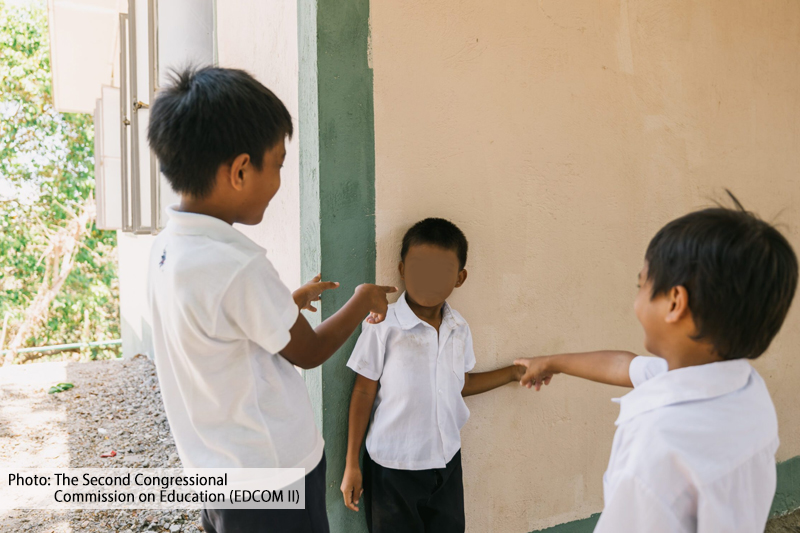Diagnostic assessments are better measures of functional literacy than self-reported data, according to a policy note of the Philippine Institute for Development Studies (PIDS).
PIDS Senior Research Fellow Jose Ramon G. Albert, in a policy note, said self-reported basic and functional literacy levels are prone to biases.
Albert said self-reports, the results of which could be obtained from surveys like the Functional Literacy and Mass Media Survey (FLEMMS), often depend on how individuals understand reading and writing abilities.
“Asking respondents to report literacy on others’ behalf can introduce prestige biases, thus yielding high basic literacy rates,” Albert said. “Conducting diagnostic assessments or tests is a better option.”
Albert said that apart from basic and functional literacy, diagnostic assessments would also be needed to measure digital skills, which is already “a prerequisite for higher-level specialized digital skills needed in the workplace.”
He said digital skills measurement in the National ICT Household Survey (NICTHS) may be integrated with the functional literacy assessment in the FLEMMS given that basic functional digital skills are now considered life skills.
“Data on literacy do not give clear guidance in addressing an issue key to people’s survival and success in an increasingly digital world, they provide a barometer for measuring where the country is and where it has been in relation to where it would like to be,” Albert said.
“The accuracy of this data, however, is crucial. Using current metrics on basic and functional literacy from FLEMMS are somewhat at variance with metrics on digital skills from the NICTHS,” he added.
Albert said that based on the 2019 FLEMMS, 96.4 percent of Filipinos aged 10 to 64 years old can read and write simple messages in any language or dialect.
However, he said, there are gender and regional differences, especially when it comes to the basic literacy rate among children aged 10 to 17 years old. For one, the basic literacy among children of this age group varies by sex and it favors females.
Across regions, Albert said, only 80.4 percent of Filipinos in this age group living in Bangsamoro Autonomous Region in Muslim Mindanao (BARMM) have basic literacy. This is significantly lower than the 99.1 percent in the National Capital Region (NCR).
“Better policies are needed to vigorously address persisting disparities in literacy and school participation between boys and girls and across regions,” Albert said.
“The DepEd [Department of Education] should partner with the BARMM Ministry of Education to develop a catch-up strategy for children in the region. In addition, strategies to improve reading skills among the young and encourage continuing education programs among adults must be initiated to address lagging literacy in rural communities,” he explained.
Efforts to better measure literacy in the Philippines is crucial not only because of the pandemic but also because literacy has a link to poverty.
Albert said enhancing basic, functional, and digital literacy will depend on long-term poverty reduction and an improvement in children’s nutrition.
“The DepEd should work hand-in-hand with stakeholders through a whole-of-society approach to improve Filipinos’ literacy, numeracy, and digital competencies,” Albert said.
According to the United Nations Educational, Scientific and Cultural Organization, a person is functionally literate when he/she “can engage in all those activities in which literacy is required for effective functioning of his or her group and community and also for enabling him or her to continue to use reading, writing, and calculation for his or her own and the community’s development.”
PIDS study pushes new tack to improve Pinoy literacy, numeracy, digital skills












